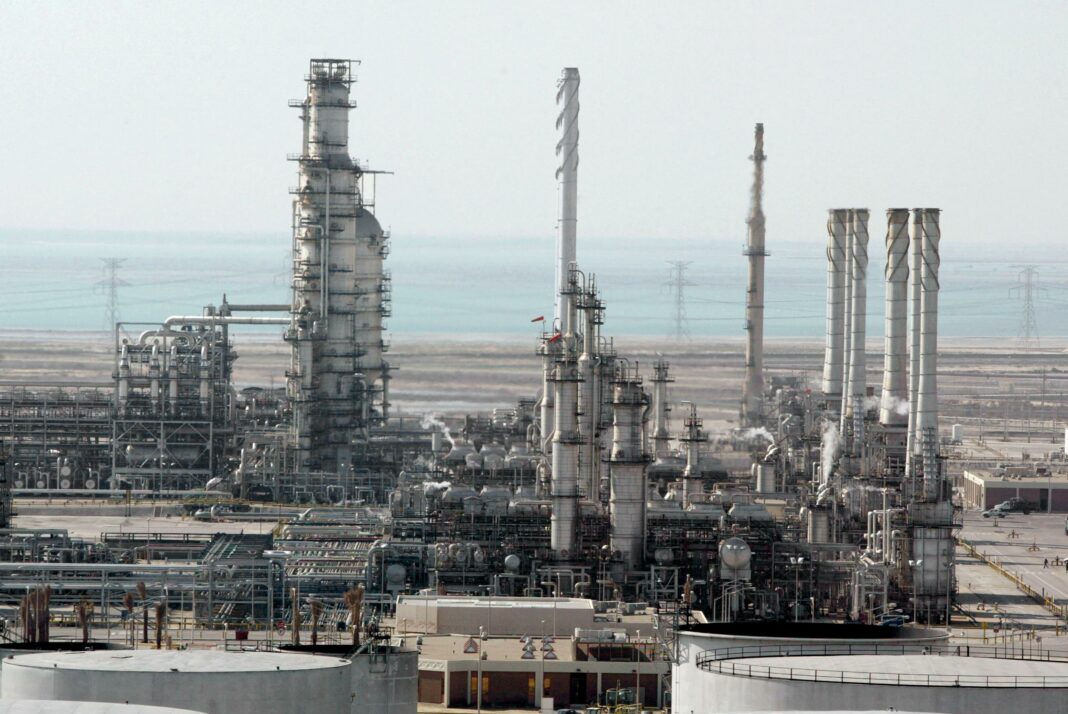Saudi Arabia said on Monday it was extending a voluntary oil production cut of one million barrels per day, and Russia said it was slashing exports by 500,000 bpd.
The moves were the latest attempts by major producers to stabilise markets rocked by factors including continued fallout from the Russian invasion of Ukraine and China’s faltering economic recovery.
The cut by Saudi Arabia, the world’s biggest crude exporter, was first announced after a June meeting of oil producers and took effect at the weekend.
Saudi Energy Minister Prince Abdulaziz bin Salman noted at the time that it was “extendable”.
In a report on Monday announcing that the cut would continue through August, the official Saudi Press Agency said it “can be extended” further, citing an energy ministry source.
“The source confirmed that this additional voluntary cut comes to reinforce the precautionary efforts made by OPEC+ countries with the aim of supporting the stability and balance of oil markets,” SPA said.
Monday’s extension announcement leaves the kingdom’s production at approximately nine million bpd.
Also on Monday, Russia unveiled its export cut of 500,000 bpd for August “as part of efforts to ensure that the oil market remains balanced”.
The announcement by Alexander Novak, Russian deputy prime minister responsible for energy policy, came on the back of cuts to Russian oil production this year by the same volume as part of Moscow’s response to Western sanctions levied over the conflict in Ukraine.
Since the beginning of large-scale hostilities in Ukraine last February, Moscow has pivoted energy exports from Europe to India and China.
– Muted response –
The initial market reaction to Monday’s announcements by Riyadh and Moscow was muted.
Brent was up 0.98 percent to $76.15 per barrel, and West Texas Intermediate was up 1.02 percent to $71.36 per barrel.
Recent efforts by OPEC+ to bolster prices by reducing output have not succeeded.
In April, several OPEC+ members opted to slash production voluntarily by more than one million bpd — a surprise move that briefly raised prices but failed to bring about lasting recovery.
Brent is down 11 percent since the beginning of the year and WTI is down 7 percent, as a sluggish recovery in China and worries about the US economy weigh on demand forecasts.
Saudi Arabia is counting on high oil prices to fund an ambitious reform agenda that could shift its economy away from fossil fuels.
Oil giant Saudi Aramco, the jewel of the kingdom’s economy, said it recorded profits totalling $161.1 billion last year, allowing Riyadh to notch up its first annual budget surplus in nearly a decade.
Analysts say the kingdom needs oil to be priced at $80 per barrel to balance its budget, which is well above recent averages.
© Agence France-Presse










